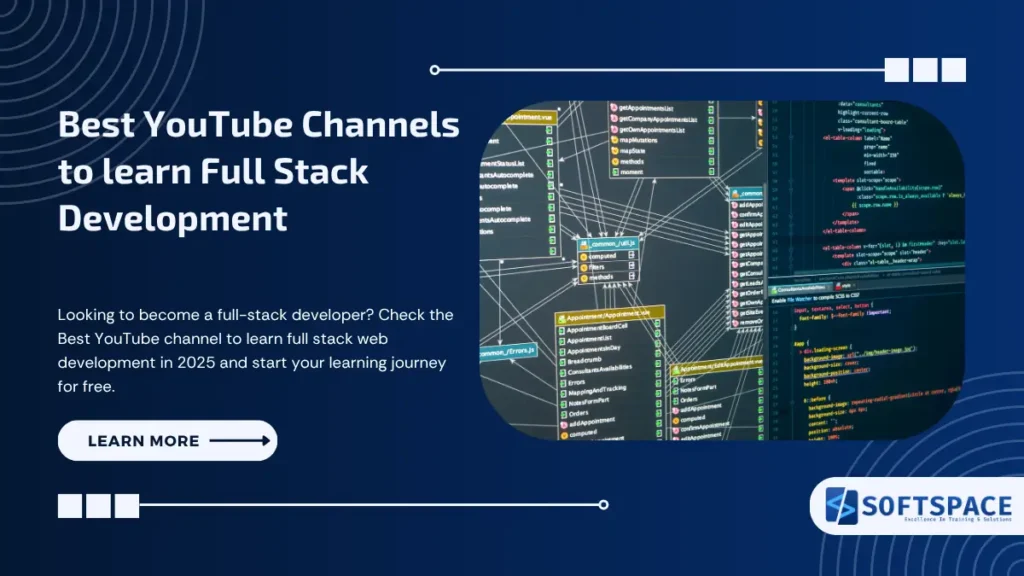In today’s competitive job landscape, many opportunities never make it to public job boards. These unadvertised positions are part of what’s known as the “hidden job market.” Understanding and accessing this market can be a game-changer for job seekers.
With over 140,000 layoffs in the tech industry and job cuts spreading across media, Wall Street, crypto exchanges, and even unexpected names like Pepsi, the job market is undeniably tougher than it’s been in years. In this climate, tapping into the hidden job market has become not just useful but essential.

What is the Hidden Job Market?
The hidden job market refers to job openings that aren’t publicly advertised. Instead, these positions are filled through internal promotions, employee referrals, or direct recruitment. Employers often prefer this approach to save time, reduce hiring costs, and find candidates who are a better cultural fit.
According to career expert Jack Kelly, companies might avoid posting certain jobs publicly to prevent internal conflicts or to sidestep pay transparency laws. For instance, if a company wants to replace an underperforming employee discreetly, they might fill the position without advertising it.
This happens for several reasons:
- Companies may want to replace underperforming employees discreetly.
- Posting externally could upset internal team members who expect a chance to apply.
- Salary transparency laws can discourage companies from publicly listing roles.
- Organisations may want to avoid triggering fear or speculation internally.
The Two Key Segments of the Hidden Job Market
The hidden job market consists of two main segments: internal opportunities and external opportunities.
- Internal Opportunities refer to job openings within a company that aren’t publicly advertised. These roles are typically filled through promotions or internal transfers. Employers often prefer this route as it allows them to utilise employees who are already familiar with the company culture and operations.
- External Opportunities are positions that are not advertised but may be shared informally outside the organisation. These can surface through industry connections, referrals, professional networks, or informal conversations at events, webinars, or online communities.
By understanding and targeting both internal and external avenues, job seekers can broaden their access to unlisted roles and strengthen their job search strategy.
What is the Hidden Job Market, and why is it important?
Given the scale of recent layoffs and economic uncertainty, companies are becoming more conservative and cautious about how they hire. Many prefer quiet, strategic hiring to minimise disruption and avoid public scrutiny. That’s where the hidden job market grows.
Why Employers Rely on the Hidden Job Market?
Several reasons drive employers to use the hidden job market:
- Cost and Efficiency: Advertising jobs and sifting through numerous applications can be time-consuming and expensive.
- Trust in Referrals: Employees referred by trusted sources are often seen as more reliable and a better fit.
- Confidentiality: Companies may want to keep certain hiring decisions private, especially during reorganisations or when replacing staff.
Strategies to Access the Hidden Job Market
Tapping into the hidden job market requires proactive strategies:
1. Networking
Building relationships is crucial. Attend industry events, join professional associations, and connect with individuals in your desired field. Often, job opportunities arise through conversations and referrals.
2. Informational Interviews
Reach out to professionals in companies you’re interested in and request informational interviews. These meetings can provide insights into the company culture and potential job openings.
3. Direct Outreach
Identify companies you’d like to work for and contact hiring managers directly. Express your interest and inquire about potential opportunities.
4. Engage with Recruiters
Partnering with recruiters who specialise in your industry can give you access to unadvertised positions. They often have insider knowledge of upcoming job openings.
5. Enhance Your Online Presence
Maintain an updated LinkedIn profile and share industry-relevant content. A strong online presence can attract recruiters and hiring managers looking for candidates.
Real-Life Success Stories
Many professionals have found success through the hidden job market. For instance, a software engineer connected with a former colleague on LinkedIn, leading to an unadvertised job opportunity at a startup. Such stories highlight the importance of maintaining professional relationships and being proactive.
Potential Challenges and How to Overcome Them
- Limited Immediate Results: Accessing the hidden job market can take time. Stay persistent and patient.
- Rejection or Non-responsiveness: Not every outreach will yield results. Don’t be discouraged; continue refining your approach.
- Maintaining Professionalism: Ensure all communications are respectful and tailored to each contact.
Key Statistics on the Hidden Job Market
- Estimates consistently indicate that 50% to 80% of all job openings are never publicly advertised and are instead filled through the hidden job market.
- Recent sources in 2025 confirm that up to 70% of jobs are not posted on platforms like LinkedIn or Indeed, and some experts believe the figure could be as high as 80%.
- The hidden job market is particularly significant in competitive sectors such as finance, fintech, and technology, where internal promotions, referrals, and direct headhunting are common.
Relevancy in Today’s Job Market
- The hidden job market remains highly relevant in 2025, especially as job boards become saturated and competition for advertised roles increases.
- Networking is crucial: Studies show that networking is responsible for up to 80% of job placements in some industries, underscoring the importance of building and leveraging professional relationships.
- Accessing the hidden job market can give job seekers a significant advantage, offering less competition and earlier access to desirable roles.
Summary Table: Hidden Job Market Statistics
Many people do get jobs from the hidden job market. It is estimated that 50% to 80% of all jobs are filled through this hidden market, meaning they are never publicly advertised on job boards or company websites.
Employers often fill these roles through internal promotions, employee referrals, networking, or direct outreach, bypassing traditional application processes.
This hidden job market is especially relevant for competitive and remote positions, where up to 70% of remote jobs are filled through networking before they are publicly posted.
Job seekers who tap into this market by building relationships, leveraging professional communities, and engaging recruiters have a significantly higher chance of success than those relying solely on public job postings.
Therefore, accessing the hidden job market is a critical strategy for job seekers aiming to find less competitive, often better-suited roles that are filled discreetly by employers to save time and costs.
| Statistic/Fact | Source(s) |
|---|---|
| % of jobs never advertised | 50–80% |
| % of jobs not on LinkedIn/Indeed | Up to 70% |
| Networking’s share of job placements | Up to 80% |
| Main methods of filling hidden jobs | Referrals, internal promotions, headhunting |
Conclusion
What is the Hidden Job Market, and why is this so critical? The hidden job market holds a wealth of opportunities for those willing to seek them out. By leveraging networking, direct outreach, and maintaining a strong online presence, you can uncover positions that aren’t publicly advertised. Stay proactive, be patient, and remember that many successful careers have been built through opportunities found in the hidden job market.

13+ Yrs Experienced Career Counsellor & Skill Development Trainer | Educator | Digital & Content Strategist. Helping freshers and graduates make sound career choices through practical consultation. Guest faculty and Digital Marketing trainer working on building a skill development brand in Softspace Solutions. A passionate writer in core technical topics related to career growth.



